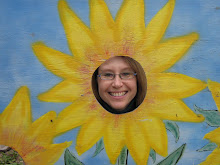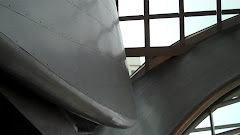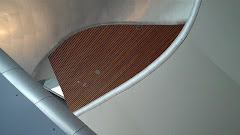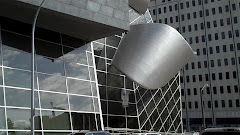While most people are yearning for the days to get longer in the spring, I want the long dark nights to hang on for just a little longer. That way I can enjoy the night sky at the Rothney Astrophysical Observatory (RAO).
If you thought world-class observatories were only found in Hawaii or California, think again. The RAO is in our back yard. The observatory, operated by the University of Calgary, is less than 10 minutes from the city limits.
Stimulate Your Mind
The RAO hosts monthly open houses featuring university researchers speaking about astronomy-related topics. Recent topics have highlighted the northern lights, radio astronomy and the southern skies. The agenda for 2010 includes the Hubble telescope and First Nations astronomy.
Interactive displays in the interpretive centre are designed to interest children, but even grown-ups will be fascinated by the transparent globe that shows the movement of the Earth and constellations.
See With Your Own Eyes
At the open houses, volunteers set up portable telescopes on the observation terrace so that visitors can see Saturn’s rings, a nebula or even the International Space Station with their own eyes. The volunteers are very patient with newbies (like me) who don’t even know which end of the telescope to look into!
Experience the Research Telescopes
The interpretive centre and the portable telescopes are interesting, but the absolute highlight for me is the research telescopes. Like most people, my experience with telescopes is limited to portable varieties. Not many people get the chance to see big research-quality telescopes.
The coolest part of the experience is that visitors are allowed to get close to the telescopes. At the Clark-Milone telescope you can stand inside the dome and see the telescope mount swivel as the telescope focuses on new coordinates.
At the Baker-Nunn telescope you can climb up into the dome to see the telescope if you like. The Baker-Nunn telescope was originally used to track spy satellites during the Cold War. Now it the only telescope in Canada and one of only a few telescopes in the world to track asteroids on a collision course with Earth.
The ARCT telescope is Canada’s largest infrared telescope. With a primary mirror diameter of 1.8 metres, it is also one of the two largest optical telescopes in all of Canada. In the darkness of the dome it’s difficult to get an idea of what the ARCT looks like, but if you stand below it as the mounting structure moves, it sure sounds big.
If you can, try to attend an open house when the telescopes are available for public viewing. The next open house is April 24. Alternatively, you can book a private tour during the day to really see what the telescopes look like.
You don’t have to travel far to have an out of this world experience.
Subscribe to:
Post Comments (Atom)













No comments:
Post a Comment